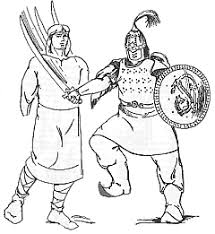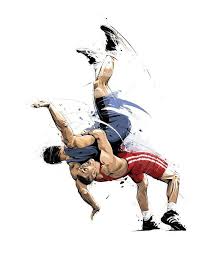struggle in Russia
FROM THE HISTORY OF THE SLAVIC-GORITSKAYA FIGHT
 The origin of the Slavic martial arts schools dates back to about the 3rd – 2nd centuries. BC e. In Russia, fighting traditions have a long history. At the same time, an entertaining, playing folk tradition and martial arts developed. For all their differences between these areas, there was an obvious connection: folk fun was a kind of school for the initial training of the future soldier. Continue reading
The origin of the Slavic martial arts schools dates back to about the 3rd – 2nd centuries. BC e. In Russia, fighting traditions have a long history. At the same time, an entertaining, playing folk tradition and martial arts developed. For all their differences between these areas, there was an obvious connection: folk fun was a kind of school for the initial training of the future soldier. Continue reading



